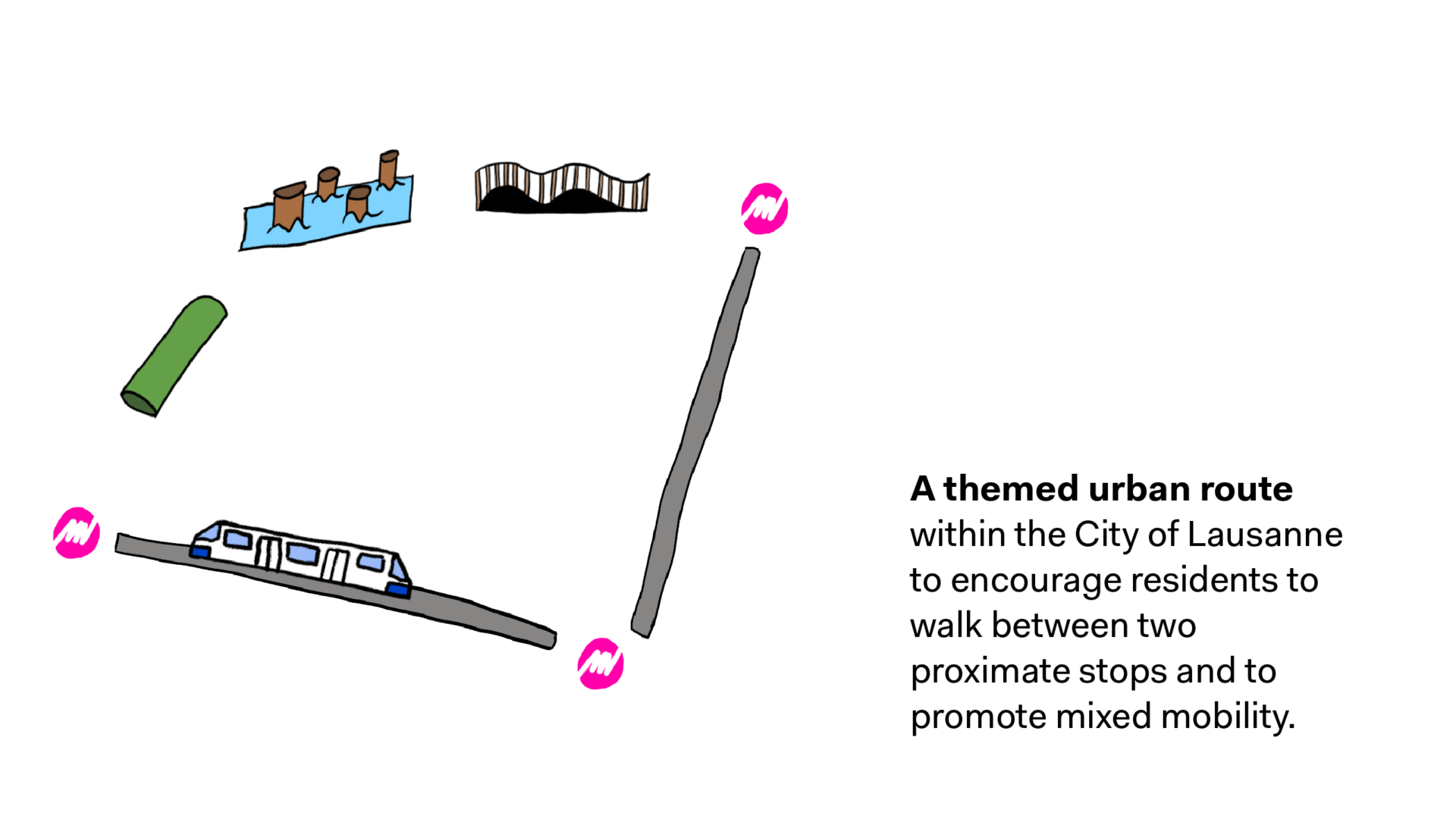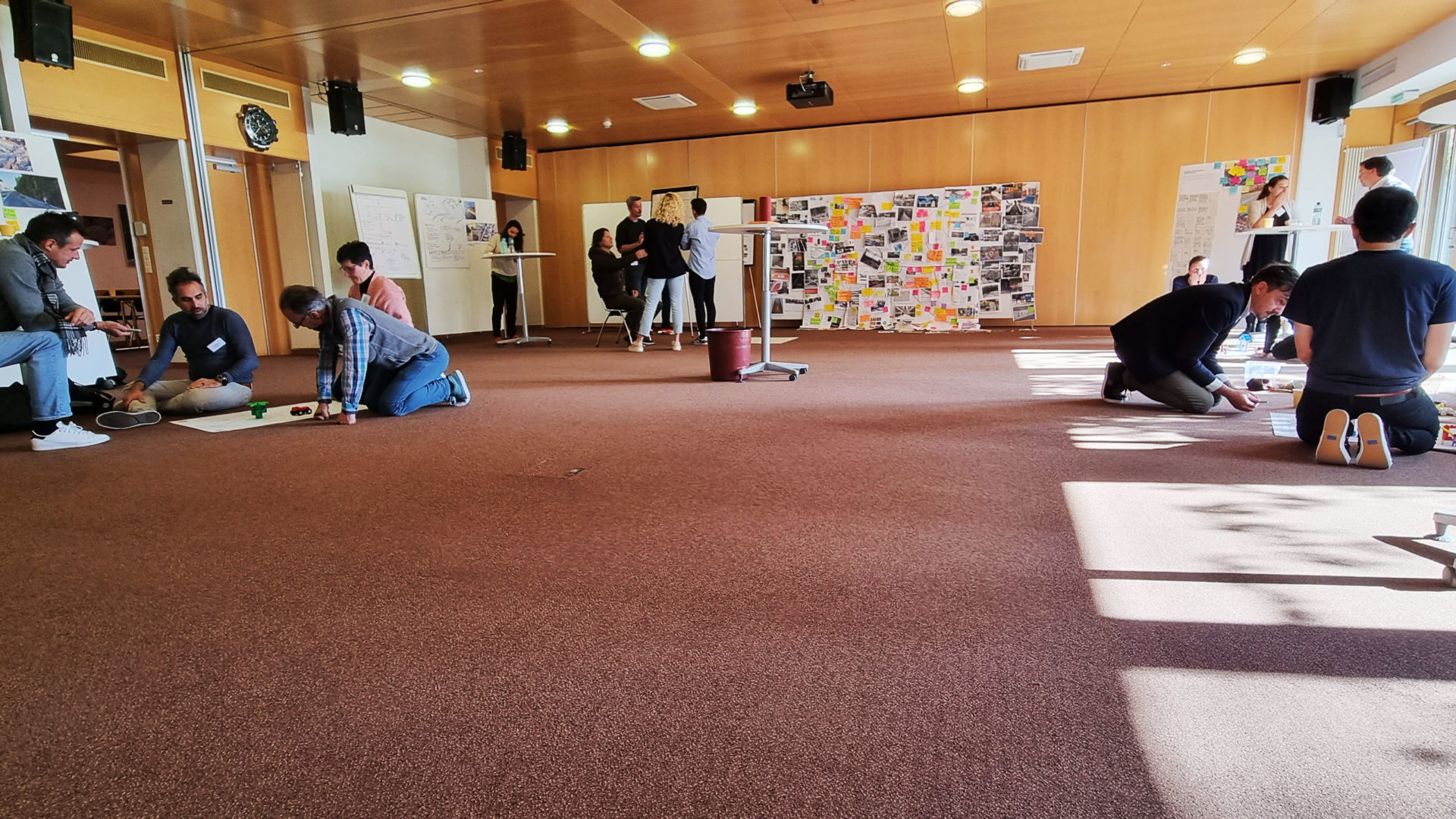Context
Depending on the age group, up to two thirds of the Swiss population report physical activity below the minimum recommendations for maintaining health condition. The impact of inactivity on health and in particular on non-communicable diseases (cardiovascular diseases, hypertension, diabetes, certain forms of cancer) is now proven.
If it seems unlikely to get a sedentary population to go to a fitness center overnight, a more inclusive and nuanced approach has already proven itself. Numerous pilots have demonstrated that it is possible to encourage movement and exercise in urban environments. In this context, urban planning and the evolution of mobility towards a multimodal use (public transport, walking and cycling combined) can play a major role.
Thus, integration of public transport allows a coherent soft mobility scheme and increases the number of people that can be reached. In particular, studies have demonstrated the role of public transport in facilitating multi-purpose trip sequences and movement (e.g., going to work, then shopping, then going to a leisure center, and finally returning home).













